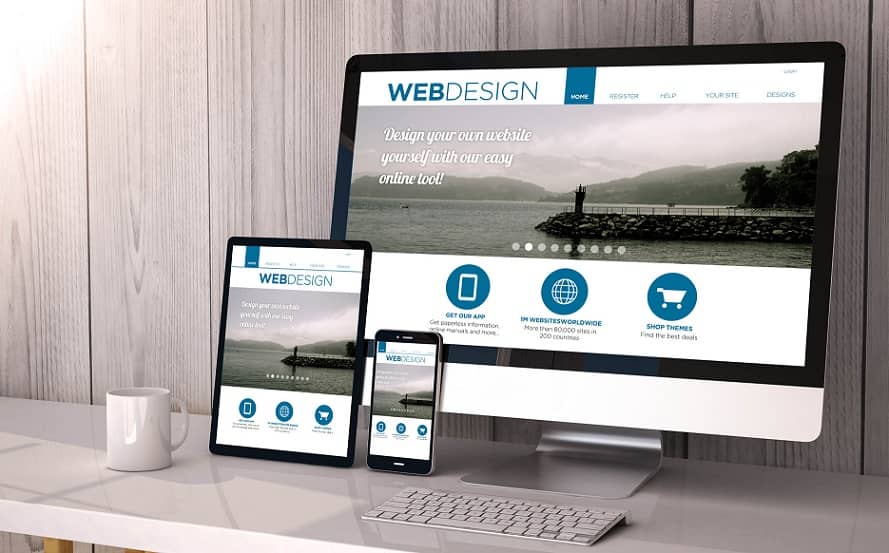Over 38% of the people who visit your website will judge it based on a glance. Another 38% will leave if your website is poorly designed. When creating a website for small business success, design and development basics are essential.
Here are five steps to follow for small business web design. With these tips, you can appeal to your target audience to generate leads and sales.
Read on to start designing today.
1. Outline Goals
Before you begin designing your website, outline your needs and goals. Make sure your design goals align with your business and marketing objectives. For example, you might want to:
- Generate brand recognition
- Increase online sales
- Boost search engine rankings
- Improve your ROI
- Gain email subscribers
Outlining your goals can help you make informed decisions regarding your small business web design. You can determine which design elements or trends to prioritize based on your needs.
For example, if you want to improve your search engine rankings, you need to design your website with Google’s Core Web Vitals in mind. To generate more online sales, add eCommerce capabilities to your website.
Gather research about your industry, target audience, and competitors, too. Focus on creating a website that appeals to your ideal customers. Otherwise, visitors will leave your website without converting into a lead or sale.
Exploring competitor websites can help you determine which design elements you like and want to apply across your site. It can also help you avoid making a site that looks like everyone else’s.
2. Organize Pages
Outline the pages you want to include on your website. A few basics include the:
- Homepage
- About Us page
- Blog
- Contact Us page
- Product/Service pages
Organize your navigation bar to ensure your site is easy to explore. Avoid putting too many pages in the navigation bar, though.
Add a strong call to action on the navigation bar and footer to generate conversions.
3. Maintain Brand Consistency
Maintain brand consistency across every page of your website. Follow your company’s brand guidelines, which should outline your:
- Mission and vision statements
- Voice and tone
- Personality
- Color palette
- Font styles
- Imagery styles
- Logo styles
Maintaining brand consistency across all platforms will help you generate brand recognition. It can also help you avoid confusing customers. If your brand differs between your site and other materials, they might think you’re a different business.
4. Improve the UX
Improve the user experience (UX) on your website. Make sure it’s:
- Easy to navigate
- Fast
- Secure
- Mobile-friendly
Make sure it’s easy for visitors to complete forms or purchases, too.
5. Hire a Professional
If you’re stuck, hire a professional that offers small business web design services. Professional services will save you time and money.
You can create a website designed with your goals in mind. You can learn more about small business web design here.
Start Creating a Website for Small Business Success
Creating a website for small business growth and success is easier than you might think. Get started by completing these tips. Remember, you don’t have to design your website alone.
Help from a professional designer could make all the difference.
Searching for more tips? Explore our latest guides for more advice.

